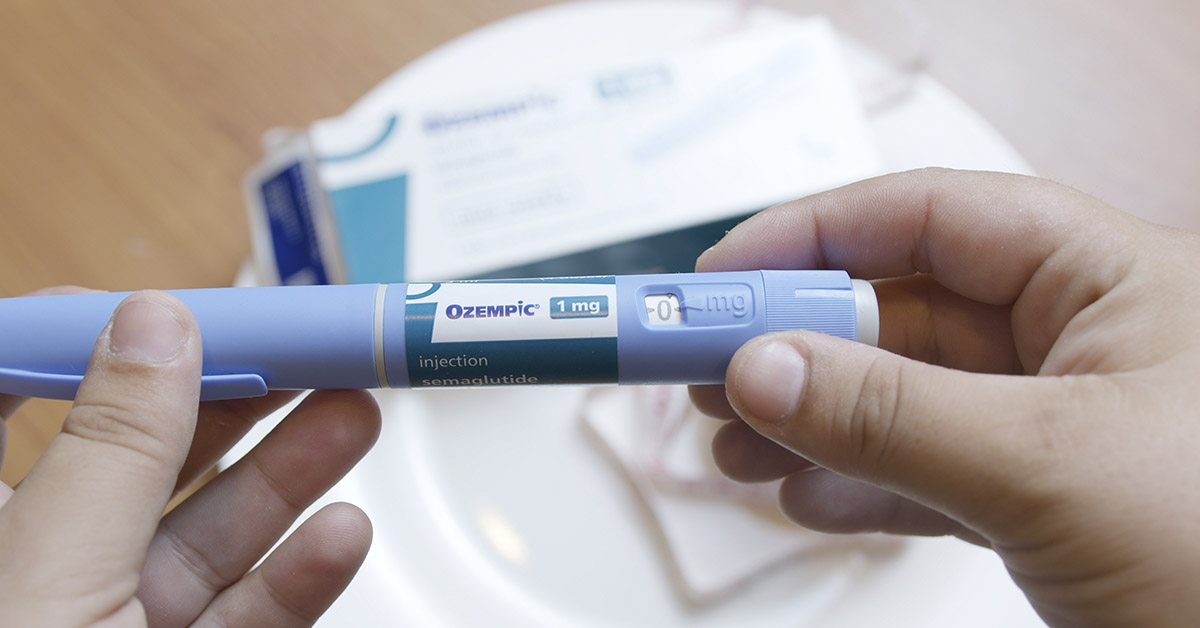You have most likely heard of Ozempic in the tabloids recently. It appears that many celebrities have been using it to lose weight in the last few years. However, this is not what the drug was designed for, and the FDA has not approved its use for this purpose. It is usually prescribed by a doctor to treat specific conditions in individuals with type 2 diabetes. It can also potentially lower heart disease risk, including strokes and heart attacks. According to a new study, it may also reverse the symptoms of a disease responsible for 2,000,000 deaths every single year.
How Ozempic Could Potentially Treat Liver Disease

Besides the prescribed and off-label uses for Ozempic, researchers have now discovered more potential health benefits linked to its use. Brands such as Ozempic and Wegovy contain semaglutide. This medication has now been found to treat metabolic dysfunction-associated steatohepatitis (MASH), a chronic liver disease characterized by a buildup of excess fat in the liver. It can result in cirrhosis, liver failure, scarring, and even cancer. The study showed that around two-thirds of patients experienced a reduction in liver inflammation. Furthermore, more than a third of the patients experienced a reduction in scarring in the liver.
A total of 800 participants received the drug and were monitored for a period of 72 weeks. During that time, they reported substantial improvements in the condition of their livers. Participants receiving a weekly 2.4 mg dose exhibited better outcomes regarding fibrosis and steatohepatitis than participants who took the placebo. Participants in this group also exhibited greater weight loss than the placebo participants. This is significant news, considering that MASH is a major contributor to the development of liver cancer. Considering that two million people die every year from this disease, finding an effective treatment would be a major breakthrough.
However, more research is required to ensure that products such as Ozempic are a viable treatment for MASH. The 72-week trial period was not long enough to produce definitive results. According to the authors of the study, “Although formal hypothesis tests were not planned or conducted, semaglutide appeared to be associated with improvements in glucometabolic factors and noninvasive markers of liver health. Changes in bodily pain did not differ significantly between the groups.” These results were similar no matter whether the patient already had type 2 diabetes, and regardless of sex, age, or stage of fibrosis.
Read More: What is ‘Ozempic Finger’? Users Complain About Little-Known Side Effect of Popular Drug
Potential Side Effects

While the study’s findings are promising, there are several potential risks regarding the use of Ozempic to be aware of. A recent study from the University of Alberta revealed that these medications may actually be shrinking your heart muscles. The researchers found that semaglutide lowered heart muscle mass in both lean and obese mouse subjects. A similar conclusion was reached when they tested on human heart cells grown in the lab. Other potential side effects of Ozempic use also include nausea and gastrointestinal issues. They also noted that skeletal muscle loss may pose potential health issues.
The loss of muscle mass can potentially lead to future health issues, such as a suppressed immune system, wounds that don’t heal properly, and increased infection risk. Skeletal muscle loss can also lead to various health issues such as sarcopenic obesity. Other serious side effects of Ozempic use include hypoglycemia, diabetic retinopathy, pancreatitis, and gallbladder disease. The drug has also been shown to cause thyroid tumors and thyroid cancer in animal studies. However, it is not yet known if it can cause thyroid tumors in humans as well.
The Bottom Line

Ozempic was originally developed to manage type 2 diabetes, but it may also help treat a deadly liver disease known as MASH. The new study indicates that semaglutide helps reduce liver inflammation and scarring in many patients. After 72 weeks of daily doses, about two-thirds of subjects showed improvement, with more than one-third having less liver scarring. These significant findings suggest that Ozempic could help delay or cure the damage caused by a disease that kills 2 million people each year. However, the drug is not without its risks and side effects, and more research is required to test the drug’s viability over a longer period of time.
Read More: Experts Warn of Possible ‘Ozempic Blindness’ in Users of Weight Loss Injections

